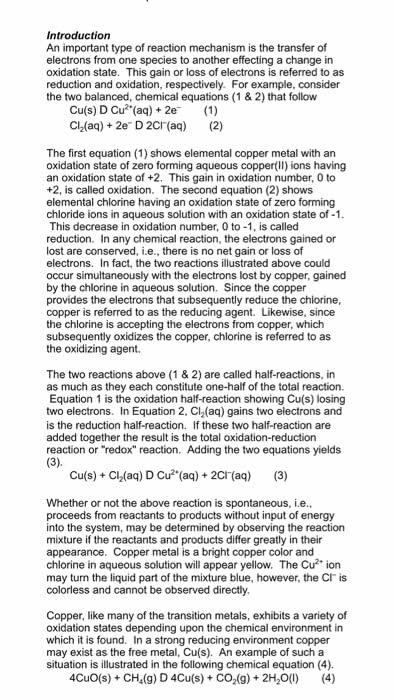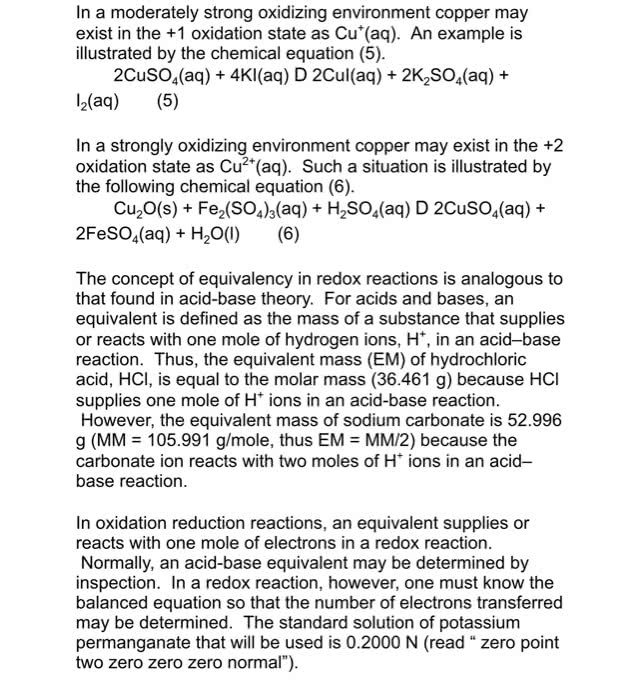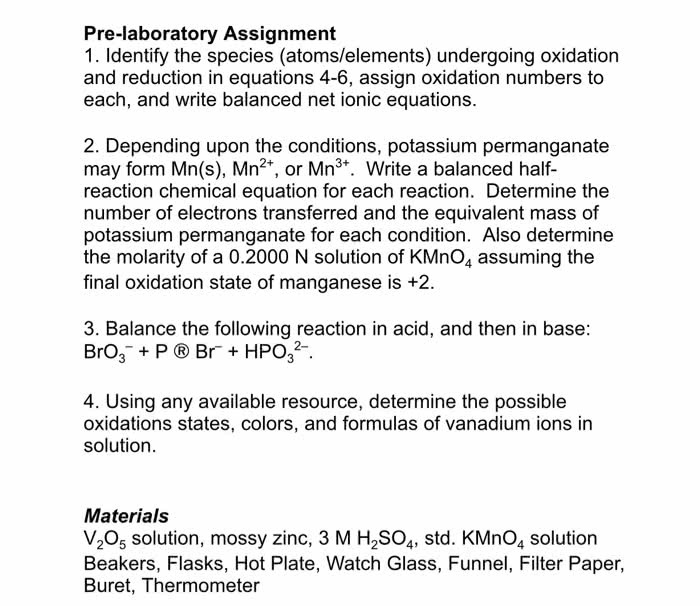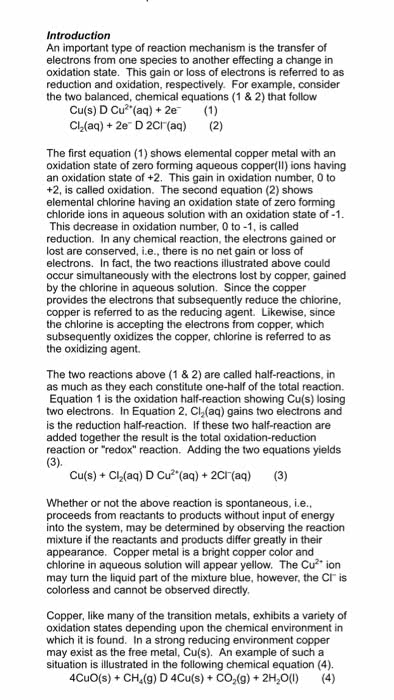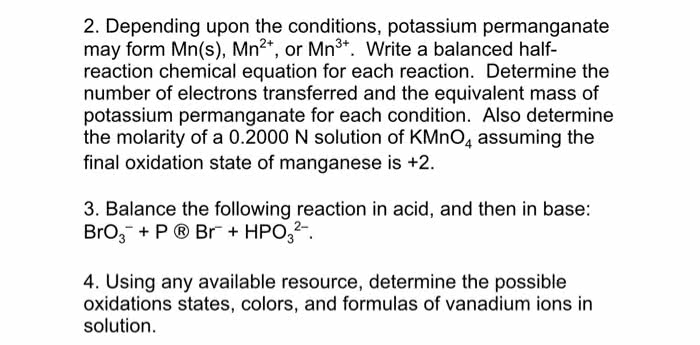CHEM 151 Lecture Notes - Lecture 11: Collision Frequency, Sulfur Trioxide, Interaction
49 views3 pages
5 May 2017
School
Department
Course
Professor
Document Summary
Chemical change: formation of one or more new chemical substances with a distinct composition; change in the net amounts of some chemical species. Physical properties: color, state of matter, electrical conductivity. When chemical reactions occur in closed environments, the total mass of the system before and after the process remains constant. Chemical reactions occur at varying speeds; the speed is dependent on temperature, pressure, and concentration of the reacting species. Assumption 1: chemical reactions are processes in which the particles that make up the reactants are rearranged. As a result of these rearrangements, substances with a different chemical composition are formed. Assumption 2: rearrangement of atoms during a chemical reaction involves electron redistribution among different atoms. As a result of this process, the internal potential energy of particles in the system changes. Internal potential energy: the energy associated with the internal interactions and movement of the electrons that make up the particles.
Get access
Grade+20% off
$8 USD/m$10 USD/m
Billed $96 USD annually

Homework Help
Study Guides
Textbook Solutions
Class Notes
Textbook Notes
Booster Class
40 Verified Answers
Class+
$8 USD/m
Billed $96 USD annually

Homework Help
Study Guides
Textbook Solutions
Class Notes
Textbook Notes
Booster Class
30 Verified Answers
Related textbook solutions
Chemistry: Structure and Properties
2 Edition,
Tro
ISBN: 9780134293936
Basic Chemistry
5 Edition,
Timberlake
ISBN: 9780134138046
Principles of Chemistry Molecular Approach
4th Edition,
Tro
ISBN: 9780134112831
Principles of Chemistry Molecular Approach
3rd Edition, 2014
Tro
ISBN: 9780321971944
Chemistry: Structure and Properties
2nd Edition,
Tro
ISBN: 9780134293936
Chemistry: A Molecular Approach
3rd Edition,
Tro
ISBN: 9780321809247
Chemistry: A Molecular Approach
5th Edition,
Tro
ISBN: 9780134874371
Principles of Chemistry: A Molecular Approach
4th Edition,
Tro
ISBN: 9780134895741
Chemistry: The Central Science
14th Edition, 2017
Brown
ISBN: 9780134414232
